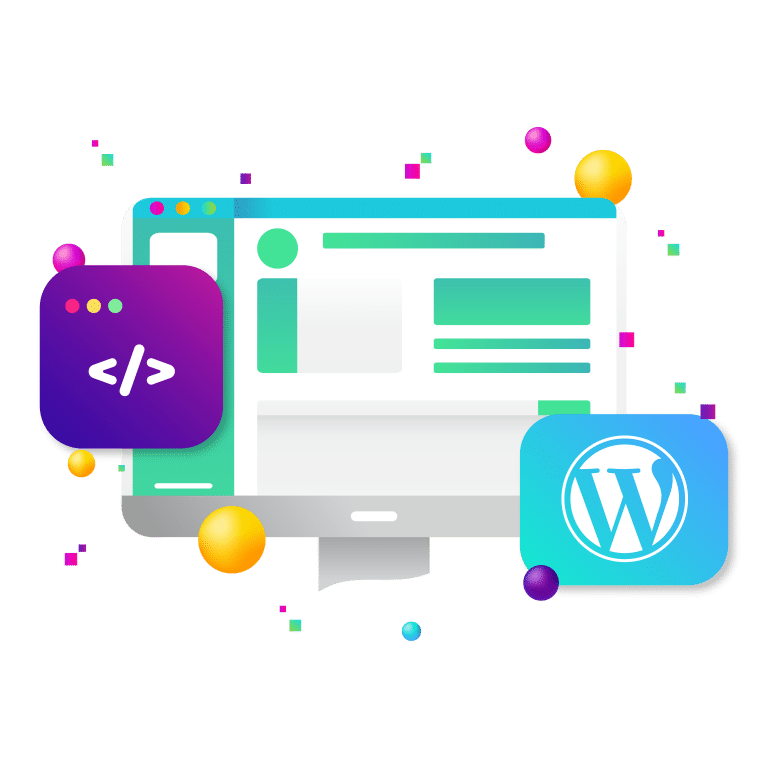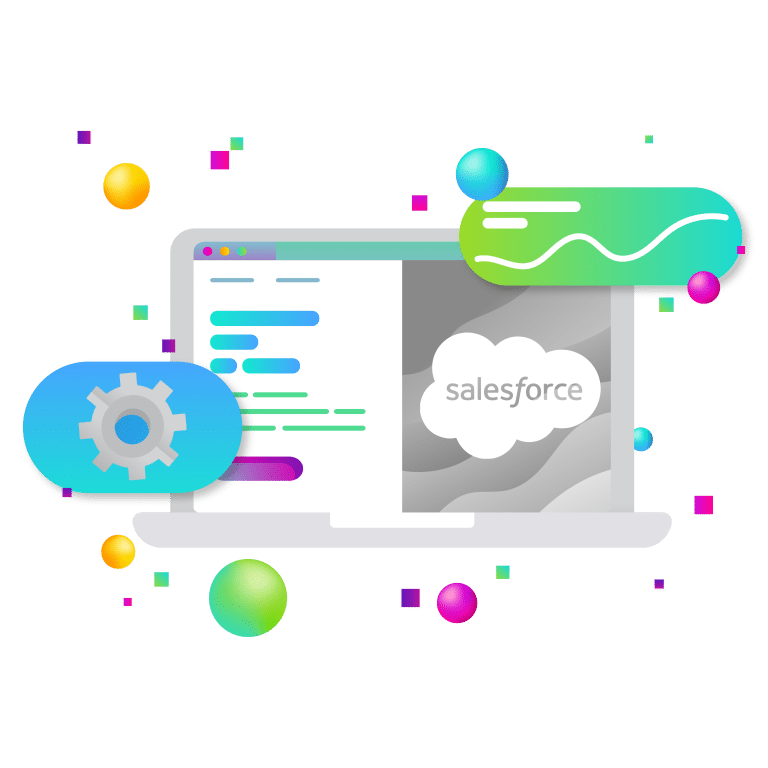
Social Media Outreach
Governments face mounting pressure to communicate clearly, quickly, and directly with the public. Traditional press releases and town halls still have their place, but social media has become the new front line in public engagement. From promoting health campaigns to alerting citizens of emergencies or encouraging participation in civic processes, social platforms offer governments a unique opportunity to inform and inspire action at scale.
But social media is also a minefield. Public scrutiny is relentless, misinformation spreads rapidly, and the expectations for real-time responses are higher than ever. For government agencies, the goal isn’t simply to “post more”—it’s to build social media outreach campaigns that drive measurable engagement, instill public trust, and provide valuable services to the communities they serve.
This article outlines how to strategically approach social media outreach for government initiatives. From setting clear goals and understanding audience behavior to selecting the right platforms and crafting accessible content, we’ll explore every aspect of building effective campaigns. We’ll also share best practices in paid outreach, engagement tracking, and community building—all grounded in the realities of public sector communication.
Setting the Foundation: Why Strategy Matters More Than Ever
Social media has matured from a casual messaging platform into a critical communication infrastructure. For governments, that shift comes with enormous potential—but only when efforts are grounded in a strategic foundation.
One common misstep among public agencies is treating social media as an afterthought rather than a primary channel. Simply copying a press release into a Facebook post does little to advance public understanding or engagement. In contrast, a strategic approach tailors messaging to each audience segment, platform, and campaign goal.
Define the Purpose of Your Outreach
The first step is defining a specific purpose for the outreach. Is the campaign aimed at increasing attendance at a local event? Raising awareness about a new public benefit? Encouraging sign-ups for disaster alerts? Each of these goals requires different content formats, messaging tones, timing, and evaluation metrics.
It’s also important to consider how the campaign fits into broader communication goals and departmental mandates. For example, a transportation department might launch a campaign to reduce pedestrian fatalities, but that effort should support the broader public safety narrative that spans channels, departments, and government tiers.
Understand Common Constraints
Strategy also means understanding constraints—budgets, staff capacity, and approval processes. Government teams often juggle tight timelines and multi-layered oversight, so realistic goal-setting and workflow planning are essential. A good campaign plan accounts for message creation, scheduling, public response, performance monitoring, and cross-channel coordination.
At this stage, it’s helpful to develop a content calendar aligned with public interest cycles. Seasonality, legislative timelines, school years, or national awareness months can all provide natural anchor points for campaign timing. Internal collaboration across departments also ensures that messaging is consistent and opportunities aren’t missed.
Deep Audience Understanding: Reach the Right People, the Right Way
The success of any outreach campaign hinges on connecting with the right audience—and doing so in a way that resonates with their values, behaviors, and daily lives. Government communicators must move beyond broad “general public” assumptions and invest in true audience segmentation.
Segmentation starts with demographics: age, location, income level, education, and household composition can all influence how and where people consume information. But more effective segmentation also considers psychographics—what people care about, what motivates them, and how they interpret government messaging.
For example, a campaign promoting flu shots might need three versions of the same message: one targeting young parents concerned about their children, one addressing older adults focused on personal health, and one crafted for frontline workers. Each group requires distinct visual imagery, word choice, and channel selection.
Consider Each Unique Community
Local governments also need to be especially attuned to their own unique community makeup. Ethnic, linguistic, cultural, and economic diversity within a city or region can dramatically shape how outreach is received. Urban versus rural differences also matter—a TikTok ad might be great for reaching young adults in the city, but Facebook might be more effective for rural seniors.
Community listening is crucial. Social media isn’t just a broadcast tool; it’s a two-way feedback mechanism. Reviewing previous campaign comments, monitoring hashtags, and tracking local trending topics can all provide insights into what people are discussing, concerned about, or enthusiastic to support.
Once these insights are collected, create audience personas—fictional but realistic representations of your priority groups. These personas help your team visualize who you’re speaking to and stay focused when drafting content. Whether you’re targeting “Health-Conscious Helen, age 55, grandmother in a suburban neighborhood” or “Civic-Minded Carlos, 25, recent college grad and renter downtown,” your campaigns will be sharper and more relatable when written with someone specific in mind.
Platform Selection: Aligning Channels with Communication Goals
Too often, public agencies attempt to maintain a presence on every social platform available, stretching their teams thin and diluting message effectiveness. Instead, the most successful outreach strategies align platform use with clear campaign goals and target audience behaviors.
Let’s start with the basics: not all social platforms are created equal. Each has its own demographics, content norms, and algorithmic tendencies. Understanding how different platforms function helps determine where each campaign belongs.
Facebook remains one of the strongest platforms for general public outreach due to its massive reach, broad age range, and flexible content formats. It’s ideal for campaigns targeting older adults, families, and community groups. Events, announcements, and public service messages all perform well here—especially when accompanied by links to longer content or forms.
Twitter (now X)
Twitter excels at real-time communication and is particularly effective for emergency notifications, civic discourse, and public policy engagement. It’s a platform where journalists, activists, and government officials intersect. However, content lifespan is short, so it works best for high-frequency posting and live engagement.
Instagram favors visual storytelling. It’s an excellent platform for humanizing government work—showcasing field employees, community success stories, or behind-the-scenes peeks at public infrastructure projects. Reels and Stories formats are particularly strong for short educational videos or quick public reminders.
LinkedIn is valuable when campaigns intersect with workforce development, training, government hiring, or inter-agency networking. It’s a quieter, more professional setting, but powerful when promoting public sector job opportunities or highlighting policy impact.
TikTok
TikTok, while controversial in some jurisdictions, is gaining traction as a youth engagement platform. Some government agencies have successfully used it to promote voter registration, health behaviors, and civic pride. It demands creativity and authenticity, which means partnering with creators can often outperform in-house content.
Each campaign doesn’t need to live on every platform. Strategic outreach is selective, not scattershot. Let the message and audience determine the platform—then tailor the content accordingly rather than repurposing the same post across every channel.
Content Creation: Crafting Messaging that Earns Trust and Action
The content government agencies share on social media must do more than inform—it must motivate, reassure, clarify, and often persuade. In an environment where misinformation spreads fast and public trust is hard-earned, thoughtful message design is key.
Government communication is often perceived as dry or bureaucratic. To combat this, outreach content should adopt a tone that is professional but relatable, accurate but digestible. Plain language is essential. Replace policy jargon with everyday speech. Instead of “ordinance,” say “local rule” or “city law.” Instead of “commence registration,” say “sign up starts.”
Stories
Strong messaging also uses narrative structure. People connect more deeply with stories than statistics alone. Sharing a brief anecdote about how a resident benefited from a new utility discount program or how a local teen found their first job through a city-run training initiative brings policy to life.
Visuals
Visuals matter just as much as text. Photos of real residents, infographics with clear labels, and short captioned videos make information more accessible. Visual content also increases engagement rates across all platforms. For accessibility, ensure that videos include captions, images have alt text, and color contrast is high.
Tone
Tone should also reflect the emotional nature of the topic. A campaign on disaster preparedness should feel urgent but not panicked. A voter registration campaign should be upbeat and empowering. Tone misalignment is one of the easiest ways to lose public trust.
Call-to-actions should be simple and action-oriented. “Learn more,” “Register today,” “Share this with a neighbor”—these help users know exactly what to do next. Whenever possible, link to a credible source (like a .gov or .org website) and avoid overwhelming users with too many steps.
Content should also be pre-tested. Before launching a large campaign, consider testing sample messages with a small group or pilot area. Feedback on clarity, tone, and appeal can improve overall results. Some agencies even use A/B testing on paid ads to determine which messaging drives more clicks or sign-ups.
Paid Promotion: Amplifying Reach with Budget-Efficient Tactics
Organic reach on social media continues to decline as platforms prioritize paid content in their algorithms. For government agencies aiming to reach large, diverse, or hard-to-reach populations, investing in paid social promotion is often not a luxury—it’s a necessity.
The beauty of paid social media for public campaigns lies in its precision. Facebook and Instagram, for example, allow government organizations to geo-target users by city, zip code, or even a radius around a specific address. This is particularly useful for localized efforts like polling location changes, construction updates, or community meetings.
Beyond geography, campaigns can also target by age, language preference, recent behavior (like engagement with health topics), and more. This ensures your limited budget is spent reaching those most likely to need the message. A health department promoting COVID booster shots, for instance, can prioritize outreach to seniors who haven’t interacted with vaccine content in the past 60 days.
Even modest budgets can have outsized impact with proper planning. A few hundred dollars can reach thousands of people when deployed strategically. Start with a small test budget to refine targeting and creative, then scale based on results. Paid campaigns also provide robust analytics, making it easier to evaluate cost-effectiveness compared to other communication channels.
Remember, however, that ad approval may be slower for government accounts. Some platforms require identity verification or additional review for political and social issue ads. Begin the ad account setup process well in advance of campaign launch dates to avoid delays.
To maximize efficiency:
- Refresh visuals and headlines regularly to avoid “ad fatigue.”
- Use conversion tracking pixels on campaign landing pages.
- Monitor daily spend and adjust based on performance benchmarks.
Paid outreach doesn’t replace the need for a strong organic presence—it complements it. When used together, they create a flywheel effect that expands visibility, builds momentum, and reinforces public understanding over time.
Engagement and Community Management: Building Trust Through Dialogue
One of the most underutilized aspects of social media outreach in government is engagement. Many agencies still treat social platforms like bulletin boards—posting updates without responding to comments, questions, or criticism. This approach misses the core value of the medium: two-way communication.
Citizens now expect public agencies to be responsive. Whether they’re asking about trash pickup changes or venting frustration about tax bills, they want acknowledgment. Ignoring questions or letting misinformation go uncorrected can damage credibility and cause public confusion.
Agencies should define clear moderation policies outlining what kinds of comments will be removed (e.g., hate speech, spam) and how inquiries will be addressed. Assigning dedicated staff—either internally or through a partner agency like New Target—to monitor and respond during business hours can make a tremendous difference.
Engagement isn’t limited to responding to criticism. It’s also about inviting participation. Ask questions. Conduct polls. Encourage residents to share stories or photos. Feature community voices and acknowledge positive behaviors. These strategies don’t just build engagement—they humanize the agency.
Live events are another powerful tool. Hosting a Facebook Live Q&A with a public health official or a Twitter Spaces conversation on upcoming transportation projects allows real-time dialogue and builds transparency. Promote these events in advance, prepare talking points, and always archive recordings for those who can’t attend live.
Ultimately, public engagement is a form of customer service. And like all good service, it creates loyalty, satisfaction, and confidence that the government is listening.
Accessibility, Equity, and Inclusion: Reaching All Citizens
Digital equity must be central to every government outreach campaign. Social media is powerful, but not equally accessible to everyone. Effective public communication means ensuring that all groups—regardless of disability, language, literacy, or income—can receive and understand the message.
Digital Accessibility
Begin with digital accessibility. All content should meet or exceed WCAG 2.1 guidelines. That includes using alt text on images, ensuring screen reader compatibility, avoiding flashing content that may trigger seizures, and maintaining high contrast between text and background.
Videos should be captioned and ideally include transcripts. For live video, real-time captioning tools or post-event transcripts can make content accessible to hearing-impaired users. Always verify that images are not conveying critical information through visuals alone—if someone can’t see the image, they should still get the full message through text.
Language is another barrier. In multilingual communities, translating key campaign materials into Spanish, Chinese, Arabic, or other commonly spoken languages builds trust and ensures critical information isn’t lost. Whenever possible, translation should be done by human professionals rather than automated tools, which often miss cultural nuance or technical precision.
Equity also means recognizing who may be excluded due to lack of broadband, disability, or low digital literacy. Social media should complement, not replace, other outreach forms like SMS, postal mail, local media, or in-person engagement.
When campaigns are designed with inclusion in mind from the start, they reach further, land more effectively, and reflect the government’s role as a servant of all—not just the most connected or privileged.
Measuring Impact: What Success Looks Like in Government Campaigns
Public agencies are increasingly asked to demonstrate the effectiveness of their communication efforts—not just by showing reach, but by proving results. While social media doesn’t always convert neatly into traditional ROI metrics, thoughtful analytics can still show meaningful impact.
The most basic metrics—impressions, reach, and follower growth—give a sense of scale, but not depth. More telling are metrics like:
- Engagement rate (likes, comments, shares)
- Click-through rate (on links or CTAs)
- Video watch time and completion rate
- Sentiment analysis (tone of comments)
- Conversion metrics (registrations, survey completions)
Tie these metrics directly to your campaign objectives. If the goal was to drive sign-ups for a community event, measure how many social referrals landed on the registration page—and how many completed the form. If the goal was awareness, use pre- and post-campaign surveys to gauge change in public knowledge.
Don’t overlook qualitative feedback. Screenshots of positive citizen comments, media coverage, or stakeholder quotes can add context and demonstrate public response beyond the numbers.
Use all of this data not just to report success, but to inform future campaigns. What worked? What fell flat? What questions came up that weren’t anticipated? Building a feedback loop into your outreach process is the key to continuous improvement—and sustained public engagement over time.
Partnering with Experts to Power Outreach That Matters
Government communication has never been more complex—or more essential. With digital platforms evolving constantly and public expectations rising, agencies can’t afford to take a reactive or one-size-fits-all approach. Strategic social media outreach requires thoughtful planning, deep community understanding, creative content, agile execution, and relentless focus on accessibility and trust.
That’s where New Target comes in. We help government organizations build and execute outreach strategies that get results—whether you’re running a health campaign, modernizing emergency alerts, or promoting civic participation. Our team brings decades of experience in digital communication, paid media strategy, accessibility compliance, and platform-specific content creation.
We don’t just launch posts. We launch public service campaigns that move citizens from passive followers to informed participants. Let us help you turn your social media presence into a powerful tool for public good.


